It is absolutely true, India is an amazingly beautiful country. In fact, it has a lot to offer to those who’re looking for the best of history, nature, culture and everything in between. But there are some amazing places in this country that desperately need us to work to preserve them. But sadly, we seem to have dropped the ball somewhere.
So let’s dig into some of the important destination fighting for their existence.
Here’s a list of places you might want to visit while they still exist, which unfortunately, won’t be for long.




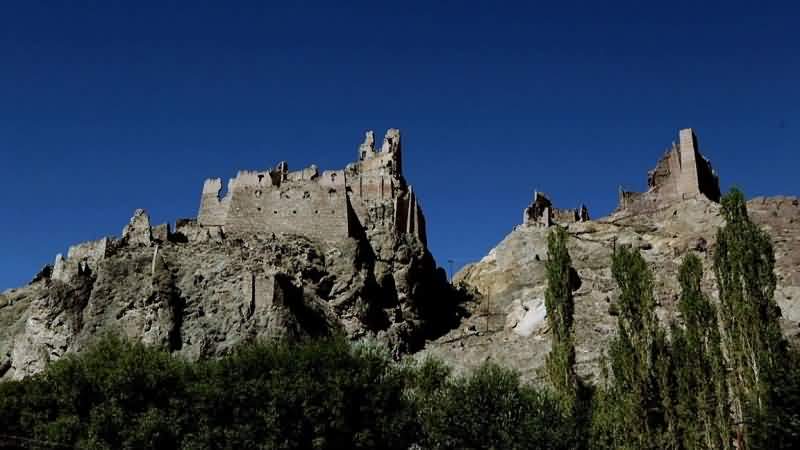
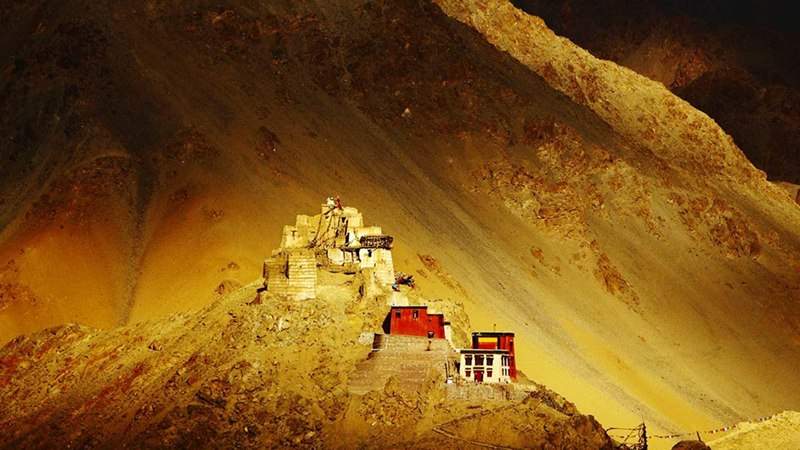
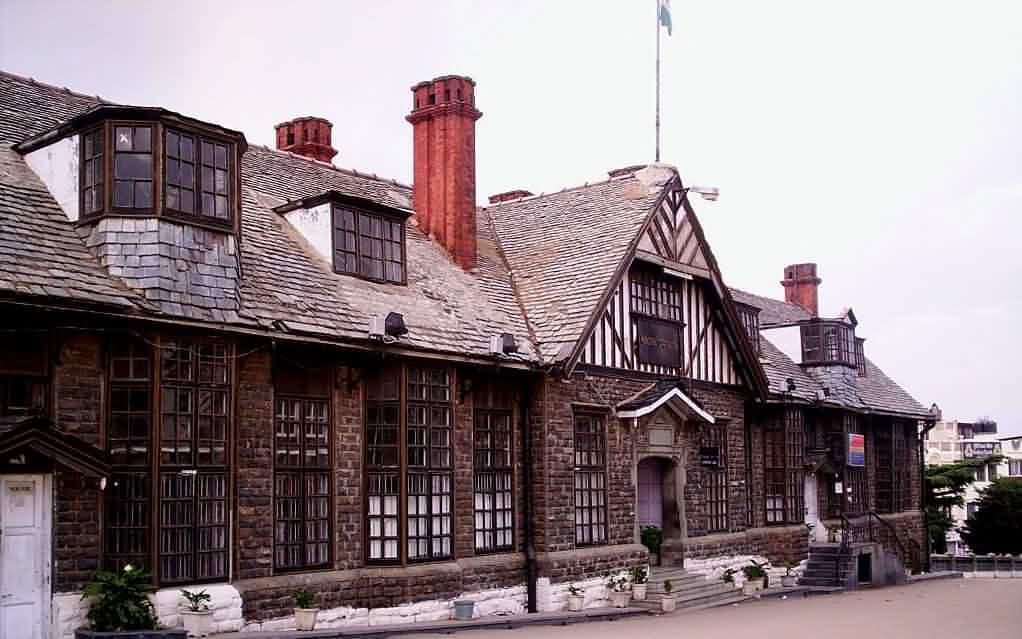
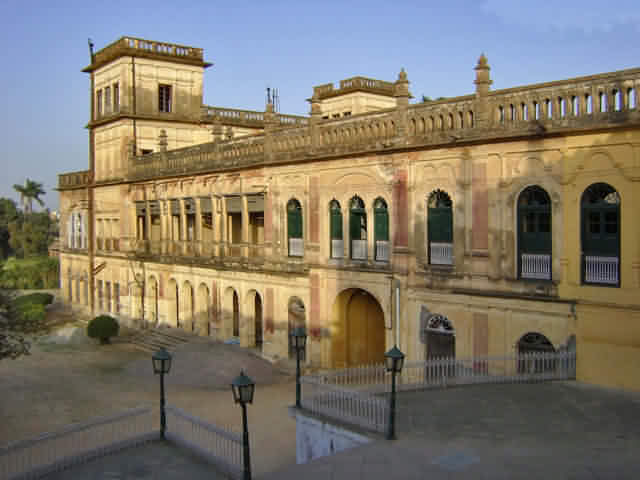
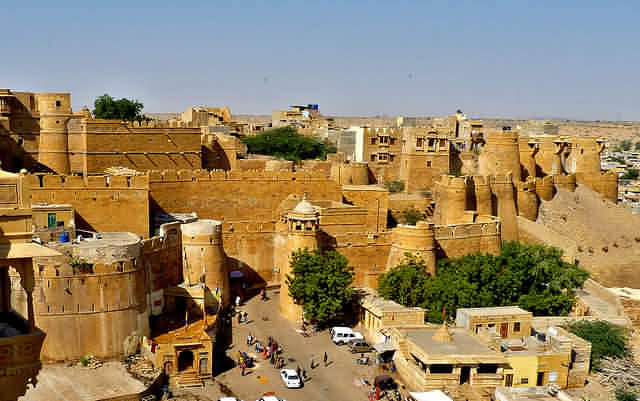
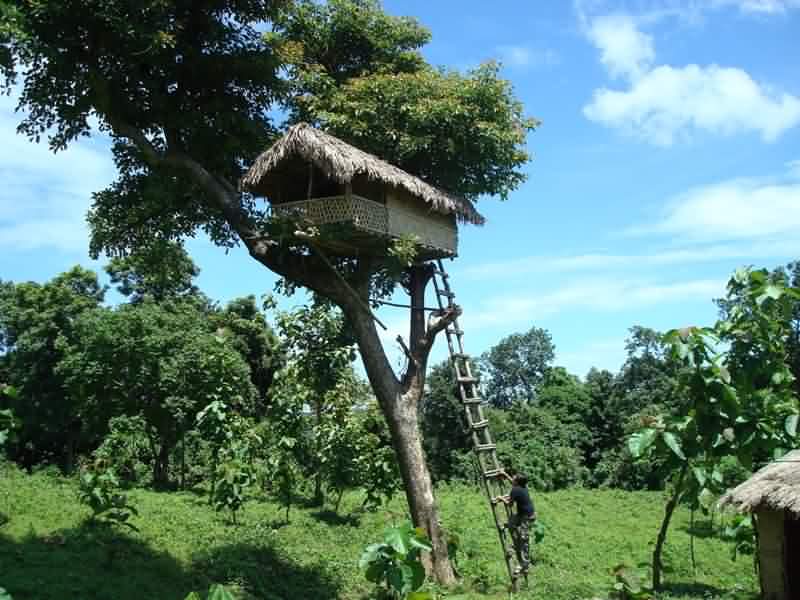

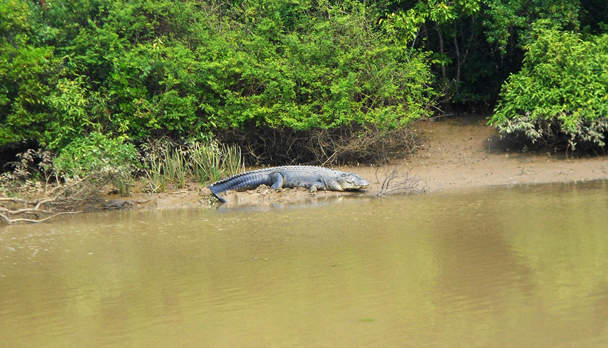
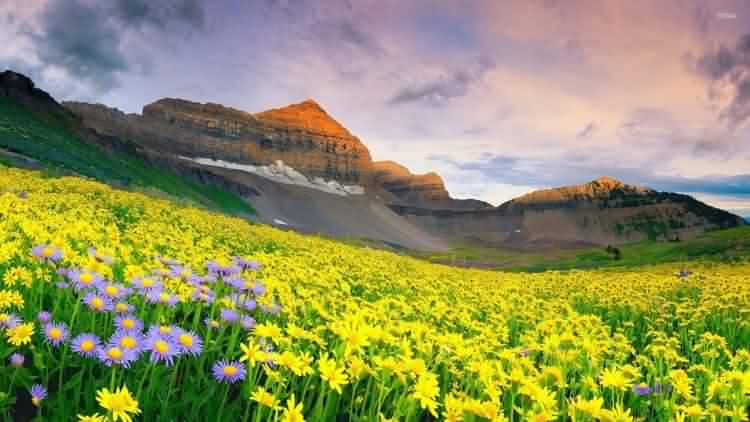
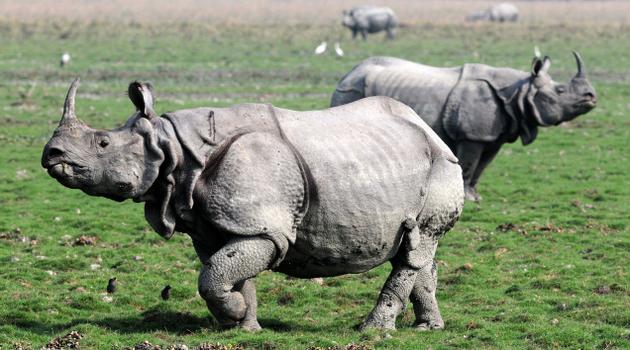
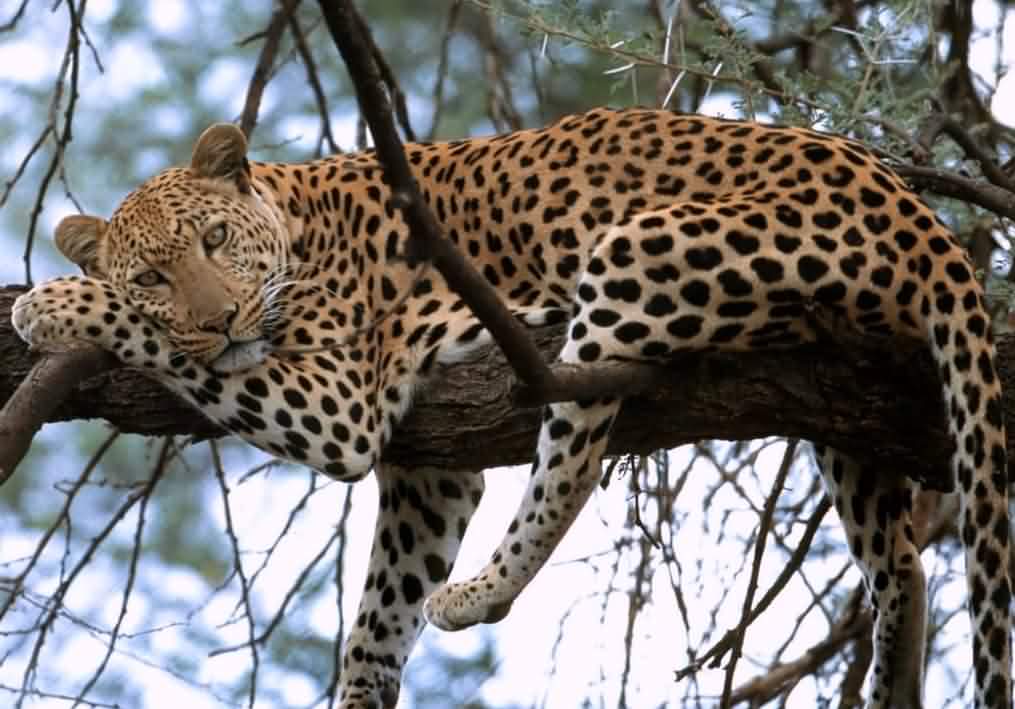
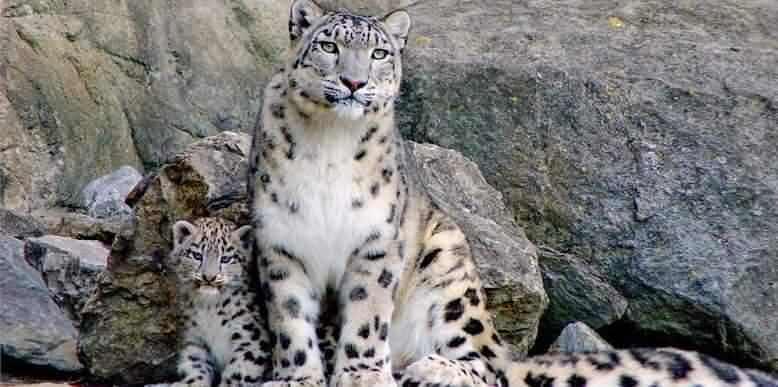

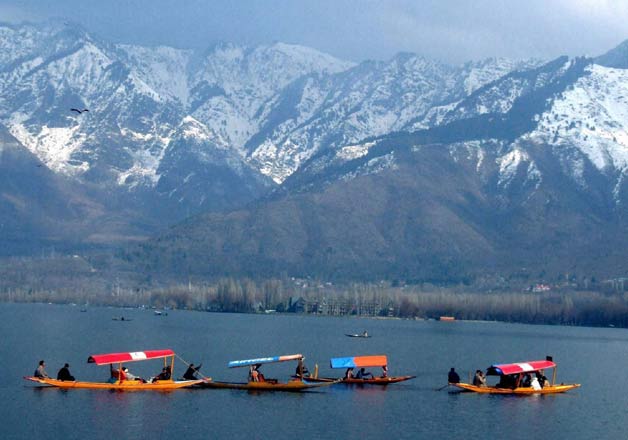
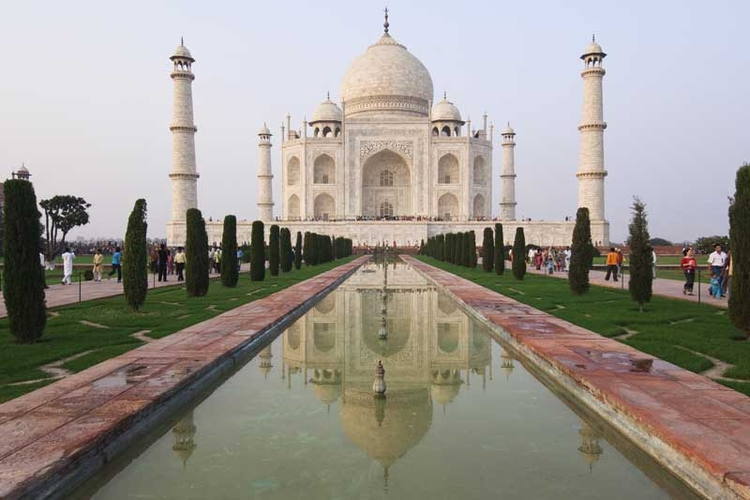




Leave a Reply
You must be logged in to post a comment.